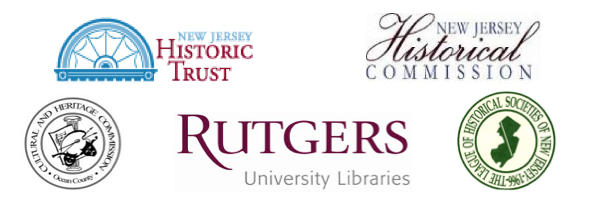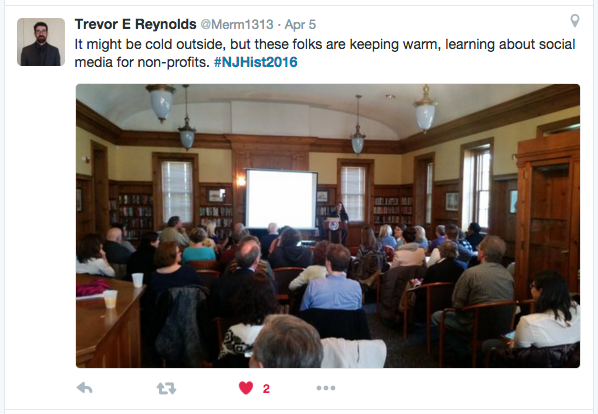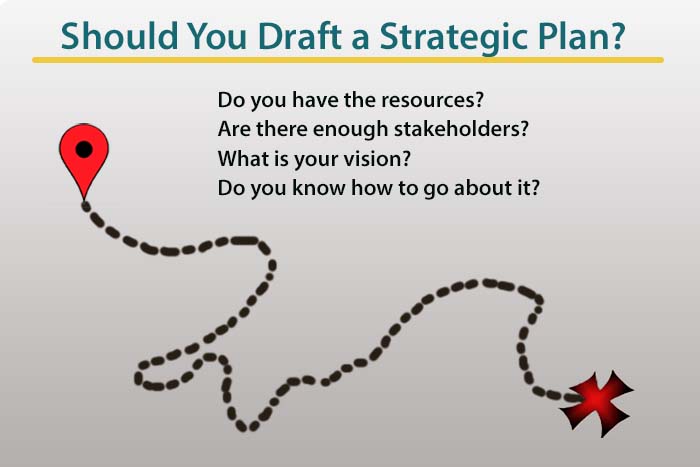Three Delegation Fears & How to Overcome Them
Let’s say you you are a marketing professional. Then you should not be reconciling your company’s financials. Sure, you could do the books. But if there are a finite number of hours in a week and you bring in the most money by doing marketing work for your company, then you should be spending all your time on the marketing work and asking (or paying) someone else to do the books.
I must admit, though, I am horrible asking for help. I usually get caught up in one of three Delegation Fears.
1. I don’t want to waste time explaining how I want a project done.
I try to remember something I once heard in a web design class, “Everyone has a scholarship to Google University.” And it’s true! If you delegate a task, the person you sent it to should be able to figure out how to accomplish the task, even without you holding their hand and leading the way.
2. I could do it better myself.
In situations like this, I’m reminded of another piece of advice I first heard from one of Hilary Rushford’s webinars, “Perfect is the enemy of good enough.” If you like things done a certain way, I urge you to challenge your instincts. Seeking perfection is unrealistic and will set you up for failure. Instead, recognize when your work is good enough. Get it done, and move on.
3. Oh, it’ll only take me five minutes.
But imagine how many of those five minute tasks you pile on each week. Tally up those five minutes each month, and consider how much time you’ve lost in an entire year. Identify your strengths and what you bring to the table that offers the largest ROI. Delegate any tasks that aren’t within your strengths or are wasting company time.
Of course, you should work hard. But you also need to work smart. Your time is finite, so if you’ve got a lot on your plate, make sure you’re doing those tasks that will get you the most bang for your buck. Those of us who work for startups, small businesses, or nonprofits, are constantly juggling multiple tasks and projects. But when it comes to achieving the goals you’ve set for yourself and your business, you need to make sure you’re spending your (limited) time doing what is most impactful for your organization.






